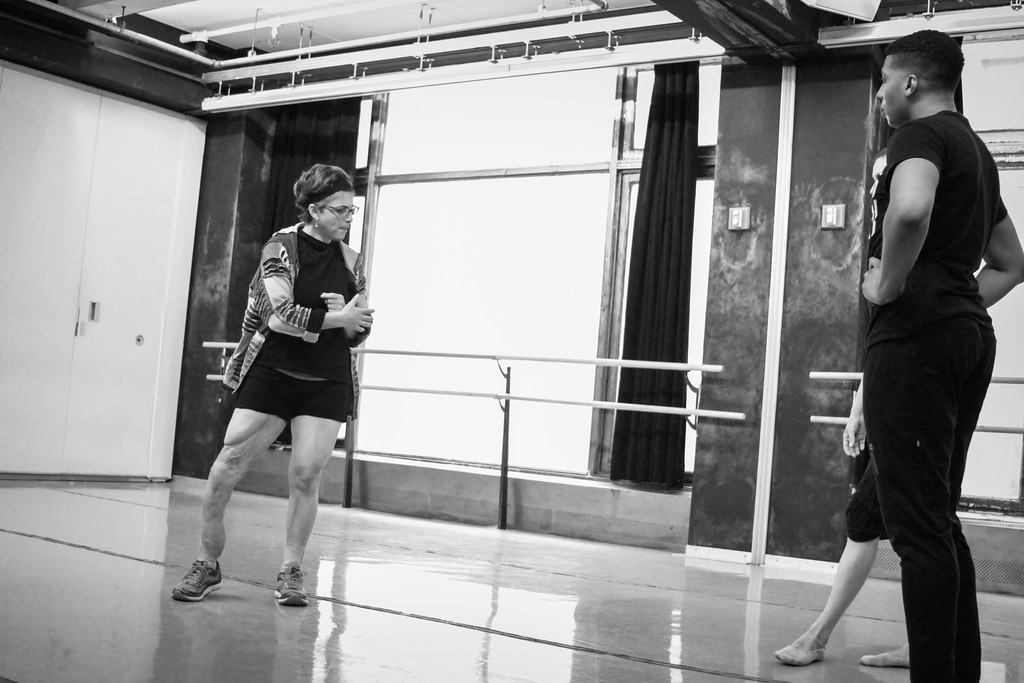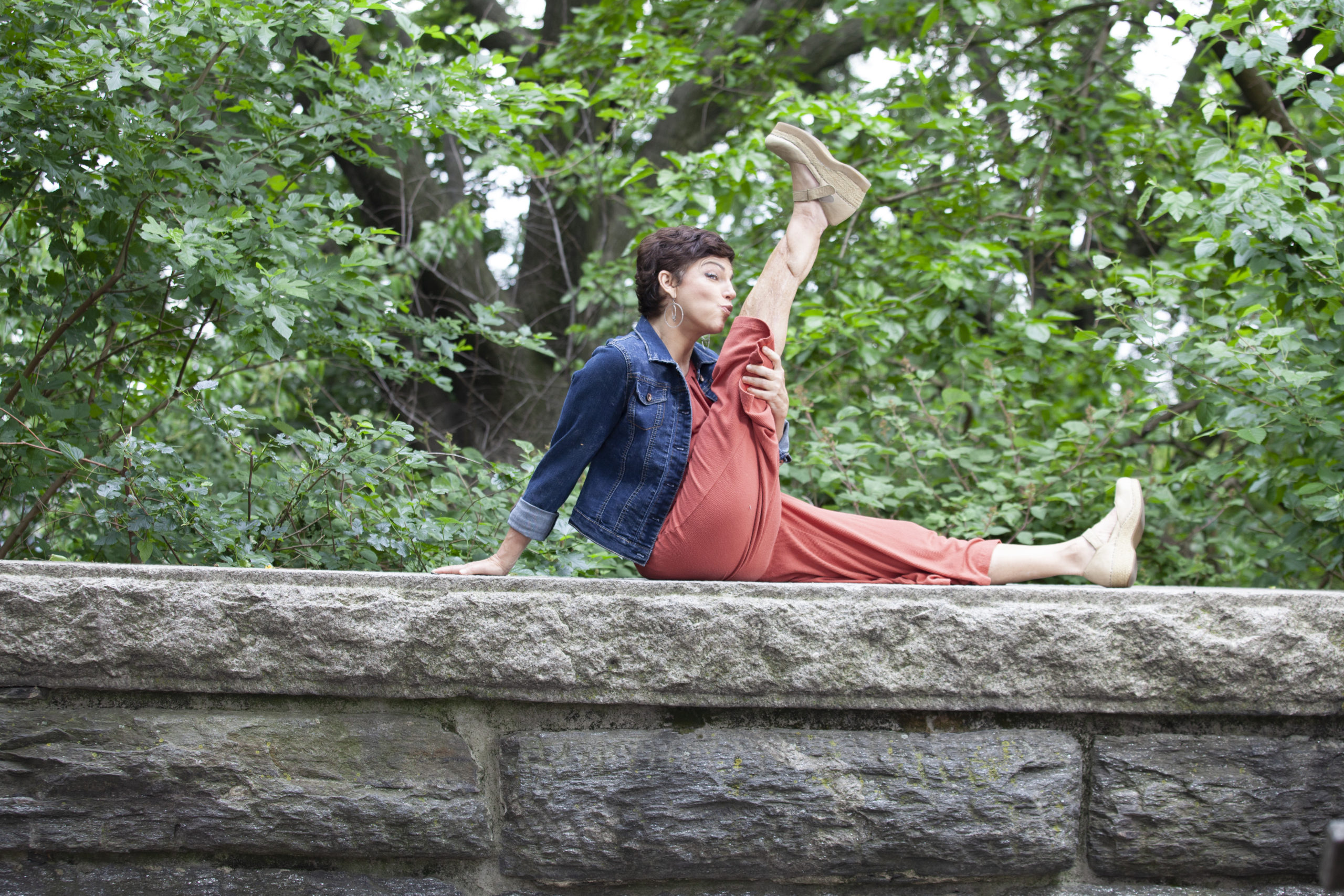Making the Impossible Possible With the Power of Movement
“If something happened to you today and you couldn’t dance tomorrow, how would you dance right now?”
I was posing this question to a group of some 80 dancers auditioning for my company, The Victory Dance Project.
The air in the room got tense. There was nervous fidgeting.
To me, this wasn’t merely a hypothetical question. My role as choreographer and director of The Victory Dance Project and CEO at Amy Jordan Speaks was not planned. My dream as a girl and young adult was to dance professionally. I trained tirelessly in high school, moved to New York City, then Los Angeles in pursuit of my dream.
What I didn’t realize then was that my lifelong training as a dancer was preparing me with tools to later overcome life-and-death obstacles as I built a new dream.
At 21, it seemed like my performance career was ending prematurely. Visual complications from Type 1 diabetes had cost me much of my sight, and I became legally blind. Unknowingly, this was my first foray into transforming trauma into triumph, the start of my first reinvention. I write about the concept of acceptance in my book, Dance Because You Can. We don’t have to like the circumstances that may occur in life, but we do have a choice in how we respond.
My heart and soul were still that of a dancer. It took me a long time to get back to class and find a new way to work around my visual impairment.
On May 1, 2009, things took a dramatic turn. While crossing the street in New York City, I was hit and run over by an express bus that pinned me under a tire. I had no feeling in my right side, and my first thought was, Oh no, there’s no leg, and that I would never dance again. My second thought: If I survived the night there would be a “victory dance.” I vowed that if I lived, I would dance again.
Though I was graced with surviving, my right leg was nearly amputated. Twenty surgeries later, my leg has been literally rebuilt. During the many months I spent in a burn intensive care unit, my physical therapist told me over and over that, due to my training as a dancer, I was much more likely to have a positive outcome and walk again.
Dance training had given me an inherent discipline and determination to push through the challenges and the pain to achieve the goal of walking again.
When I was in the ICU, I would get into trouble due to my flexibility. I didn’t want to bend my knee because it hurt too much, so I bent over my straight leg, reaching my feet to put on my socks. My rehab team simply rolled their eyes, saying, “Dancers.”
The rehabilitation was grueling, but my single focus was to move again. I literally took one step at a time. While learning to walk again, I treated it like choreography and counted to 8. 1, 2: push walker; 3, 4: move right foot; 5, 6: move left; 7, 8: stand straight. I continued this over and over until I could walk down the hall using my walker without assistance.

Five years after the accident, I lived true to the vow I’d made while pinned under the bus tire. The Victory Dance Project premiered on May 31, 2014. Its mission: to make the impossible possible with the power of movement. Though I wasn’t performing yet, I was finding a new voice as a director, producer and choreographer.
In 2017, I did my actual “victory dance,” performing with the company for its third-year gala. The evening also honored Broadway legend Chita Rivera and was a tribute to my doctors and medical staff for saving my life and rebuilding my body.
My victory performance, along with auditions, rehearsals and testimonials, was chronicled on film and became Amy’s Victory Dance, a multi-award-winning documentary feature film directed by Brian Thomas, himself a dancer and former choreographer for Michael Jackson, Beyoncé, Whitney Houston, Liza Minnelli and a host of entertainment icons.
Today, my essence and spirit as a dancer continue to keep my life moving. With each new obstacle, I was able to put my dance training to work to help create a new pathway.
Little did I know that the accident and rebuilding my body would also prepare me for life in a pandemic. When the COVID-19 lockdown hit, every artist I know had their lives and livelihoods wiped out in an instant. Sometimes our dreams get derailed, and we are faced with the task of reinventing ourselves as artists and people. The question then becomes: Will we create a new pathway or focus on what was lost?
This was a fierce challenge, but the alternative was to give up or become a victim of the present circumstances. If I had learned anything from having lost most of my vision and mobility, it was that there is life after trauma. I developed the fundamental courage to meet the challenge of the moment and support others to do the same.
Since Amy’s Victory Dance premiered in 2017, it has amassed 39 nominations, awards and official selections from film festivals across the globe. Now available for preorder on Apple TV/iTunes ahead of its May 13 digital release (on additional platforms, including Amazon, Google Play and Vudu), the film represents hope, possibilities and the power of the human condition. This message is timelier now than even a few months ago. Once again, the power of dance represents a never-give-up spirit, no matter what is happening in our external environment.
Frankly, if I was not a dancer, I don’t think I would have survived the bus accident and the challenges that followed. While the ways in which I dance and spread dance have changed, one thing remains clear: We should dance because we can.





